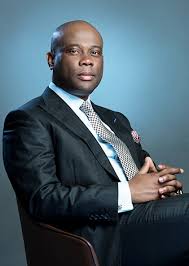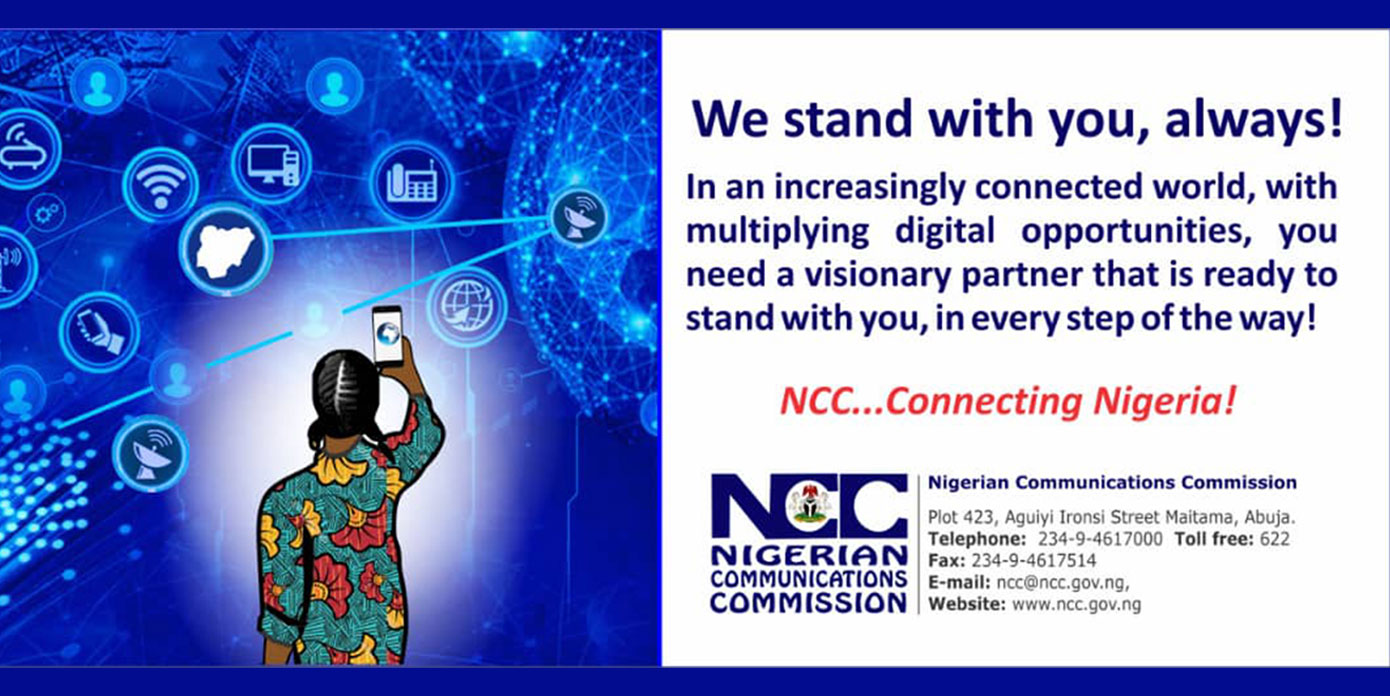
Wigwe
In a keynote address he gave at the 2019 Disruptive Conference, held yesterday at the Landmark Centre, in Lagos, Chief Executive Officer of Access Bank, Herbert Wigwe, said Access Bank, is aware that Artificial Intelligence is the new cool in banking offering, providing ongoing opportunities to enhance convenience for her customers.
The conference was titled: Digital Gold Rush: Building a Sustainable Tech-Economy.
His words “We are in constant pursuit of being the best possible Intelligent Bank. Our applications of intelligent banking range from the review of legal documents, to conversing digitally with our customers”.
Wigwe said Access Banks TAMADA, the banks conversational and transactional chatbot, able to chat with customers on random topics and provide their transactional needs. The system presents a single chatbot experience for all its customers and with other countless services. “Imagine getting weather forecasts and sports updates without human intervention. Or applying for a loan and receiving disbursement instantly.
“What about paying bills from the comfort of your sofa! Or making bank transfers instantly using your web device, knowing your account balance instantly, accessing statements and locating branches by chatting with a BOT”, he said.
Wigwe went memory lane to provide snippets of the journey of banking processes from manual counting systems, adding machines, to today’s high tech processes and platforms and applications, with its attendant customers’ experiences that are sweeping across the banking ecosystem. eWorldNews was at the conference and provides you excerpts from Wigwe’s speech.
“Thirty to forty years ago, bank tellers used adding machines to check
the addition of bank deposits. They used ledger cards, posted nightly, to keep
track of account transactions and balances.
25 years ago, if you needed cash or you needed to make a deposit you
visited your bank and hoped there wasn’t a long line of people waiting to do
the same thing.
Some of us remember the days of “tally numbers” when, on our way to work, had to stop by our banks to pick up our “tally number”, and return during lunch break to carry our basic cash transaction.
And to borrow from the words of Tom Friedman, 15 years ago Facebook hardly existed, Twitter was the sound of birds, and the cloud was in the sky, 4G was a parking place, LinkedIn was a prison, applications were what you sent to college and Skype, for most people, was a typo.
These things sound so ancient now, but this was our life not so long ago.It’s a cliché to say that we are witnessing faster technological change than ever before in world history.
But it’s true. It’s daunting. It’s exciting, especially for all of us here today. I remember the bank of the past fondly, except it could take a considerable amount of time for the cashier to perform countless calculations and the checking of ledgers to ascertain if the cheques I presented were good for payment.
From a business perspective, and with the benefit of hindsight, traditional Banking environment did not provide opportunities for scalability.
Most years, it was business as usual. Banking processes were manual and in-branch, creating the need for brick and mortar branches with their expensive overheads, and in the case of Nigeria, low level of financial inclusion.
Technology has changed everything. Not only is this continuing, the rate of development and evolution is speeding up exponentially.
Let me explain.
The first computers were designs on paper and made by hand. Today, they are designed on a computer with the computers themselves working out many details of the next generation’s design. The new products are produced in fully-automated factories with only limited human intervention. Because each generation of technology improves over the last, the rate of progress from version to version is speeding up.
It has been estimated that we won’t experience 100 years of progress in the 21st century. It will be more like 20,000 years of progress, calculated at today’s rate.
As bankers, we are enjoying the current ride of improvement and scalability that technology provides. But my goodness, fasten your seat belts because I predict this is nothing in comparison to what we will see over the next 50 years, or less.
Today, we are experiencing the fourth industrial revolution, which uses the ‘Internet of Things’, and Cloud Technology to automate processes.
This has enabled Financial Service providers to increase their digital offerings for customers so they can conduct banking transactions on mobile phones, the internet, and at the ATM.
The only waiting time today is how fast your internet connection is! And hey! 5G is already here.
With the prolific opportunities digital banking brings, banks are now competing on the nature of innovation that can provide solutions, handle and predict customer behaviour in an incredible fast manner.
Even though Banking has come this far, the future holds a lot more than what the past has ever held. Leveraging such technology, as artificial intelligence and utilizing data analytics is imperative if Banks and Fintechs are to remain competitive.
Today, becoming an intelligent bank is not an option, it’s a necessity.
Technology is redefining the way Banks operate, Artificial Intelligence, Big Data, Cloud Computing, Virtual Reality, and Crypto currency, all bring enormous opportunities for Banks to significantly improve the way customers access and manage finances.
Thanks to automation technology, Banks and Fintech’s are able to grant credit in seconds!
Artificial Intelligence reviews legal documents.
A manual review of 12,000 documents use to take 360,000 hours, but today, this can be done in seconds using Artificial intelligence! Blockchain can be used to execute smart contracts, eliminating manual costs of transactions! Robotics technology is used to serve customers in Banks. Only one decade ago, we could not have imagined such advances.
And there is so much that can be done with Data.
Big Data Analytics helps an intelligent bank understand its customers. This data categorises customers and analyses their behaviour and needs. Such understanding improves product development and enables effective cross and up-selling.
Cloud Technology has also been a game-changer for Banks.
It reduces server and infrastructure costs which is most appreciated in a country like Nigeria, where power generation is expensive, and its availability is not usually guaranteed.
Cloud technology enables the delivery of work from any location…where programmers can be based in multiple countries yet be working on the same project.
Intelligent Banks are able to consider the impact of having an active online presence and social media for their business. Banks can target social media for specific advertising ensuring they provide the right product and content to the right customer instead of marketing all products to all customers.
In this sense, banking has become much more tailored and personal. Intelligent Banks partner with critical stakeholders to expand the frontiers of their business. For example, the opportunities that exist from partnering with Fintech’s are enormous.
Imagine instant cross-country payments between businesses who do not necessarily have a presence in those countries. Imagine third parties connecting to API’s to open accounts and making instant international payments.
And partnering with Fintech’s offers Banks an opportunity to earn revenue from transaction sharing.
.The Disrupt Digital Gold Rush.
Probably the most famous disruption that really started the use of the term was when Netflix disrupted Blockbuster Video in the US.
Netflix saw the inherent weakness in Blockbuster’s business model – late fees.
Customers loathed being charged late fees. So, when an alternative service, utilising technology to offer an innovative solution with no late fees came along, customers switched overnight!
Similarly, technology-driven financial institutions will disrupt traditionally-run banks by taking advantage of any inherent weaknesses in their business models.
They will do this by offering better value propositions to their customers. Today, it is our task to brainstorm these weaknesses and uncover opportunities in our current business models that technology will help us solve.








